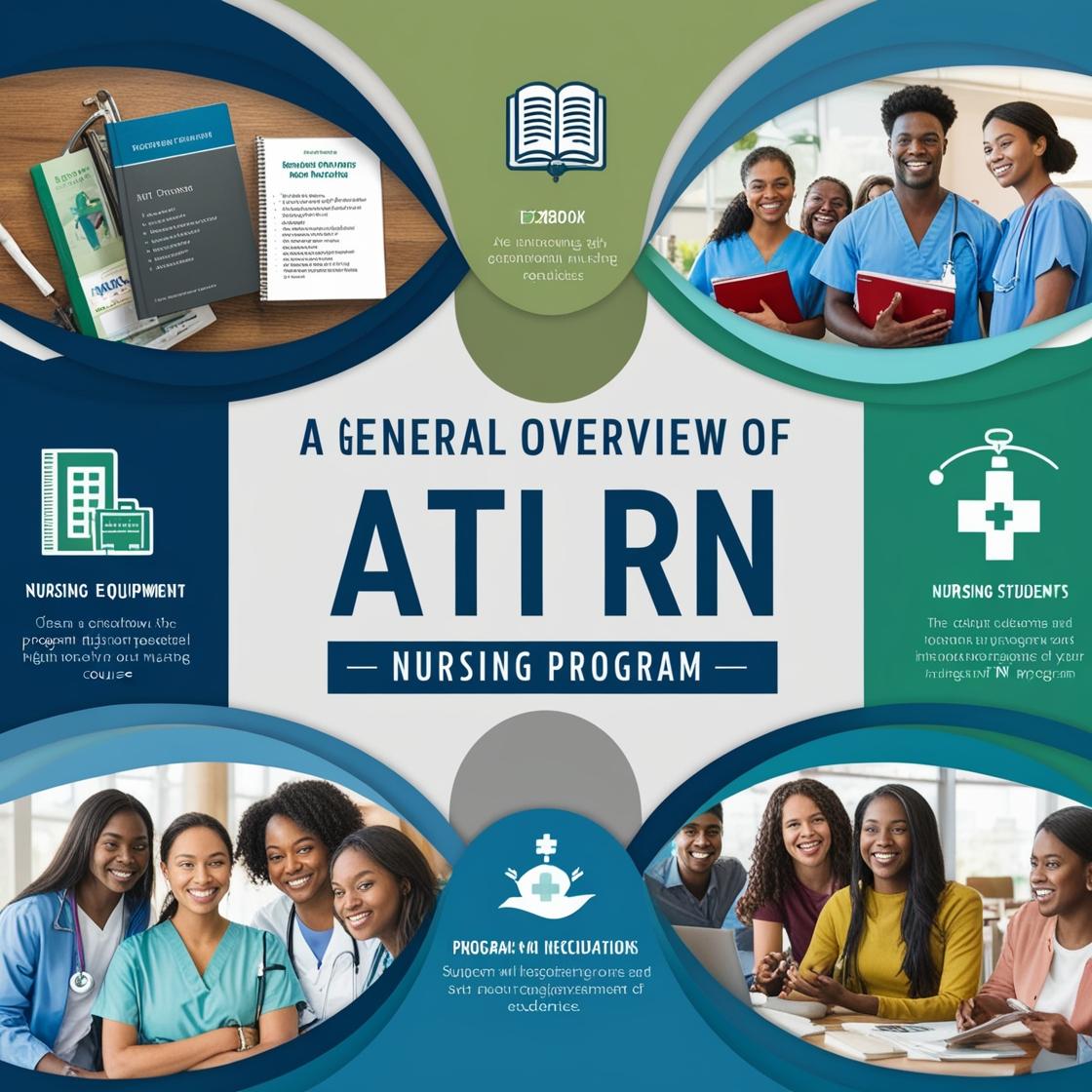ATI RN
ATI Pathophysiology Test Bank
1. What type of immunity will the hepatitis B series provide a nursing student scheduled to receive it?
- A. Active immunity
- B. Passive immunity
- C. Innate immunity
- D. Natural immunity
Correct answer: A
Rationale: The correct answer is active immunity. The hepatitis B series immunization will provide active immunity, where the individual's immune system is stimulated to produce antibodies against the hepatitis B virus. This type of immunity is long-lasting and provides protection against future exposures. Passive immunity (choice B) involves the transfer of pre-formed antibodies and is temporary. Innate immunity (choice C) is the body's natural defense mechanisms, present at birth. Natural immunity (choice D) refers to immunity acquired through normal life processes, such as recovering from an infection.
2. In Guillain-Barre syndrome, what pathophysiologic process underlies the deficits that accompany the degeneration of myelin in the peripheral nervous system (PNS)?
- A. The destruction of myelin results in a reduction in Schwann cell production in the client's PNS.
- B. The lack of myelin surrounding nerve cells compromises the axonal transport system.
- C. Without remyelination, the axon will eventually die.
- D. A deficit of myelin makes the client more susceptible to infection by potential pathogens.
Correct answer: C
Rationale: In Guillain-Barre syndrome, the destruction of myelin leads to axonal damage. If remyelination does not occur, the axon will eventually degenerate and die, impacting nerve function. Choice A is incorrect because the destruction of myelin does not affect Schwann cell production. Choice B is incorrect as the lack of myelin directly affects the conduction of nerve impulses, not the axonal transport system. Choice D is incorrect as a deficit of myelin does not predispose the client to infections by potential pathogens.
3. During a follow-up visit, a patient being treated for latent tuberculosis mentions inconsistent drug intake. What should subsequent health education focus on?
- A. The importance of adhering to the treatment regimen to reduce adverse effects
- B. The necessity of consistently taking the prescribed drugs for TB cure
- C. Matching drug dosages carefully to signs and symptoms
- D. The consequence of nonadherence leading to antiretroviral use
Correct answer: B
Rationale: The correct answer is B because consistent intake of prescribed drugs is crucial for curing tuberculosis. By emphasizing the necessity of following the treatment plan, the patient is more likely to achieve a successful outcome. Choice A is incorrect because it focuses on the risk of adverse effects rather than the primary goal of TB cure. Choice C is incorrect as it does not address the issue of inconsistent drug intake. Choice D is also incorrect as it introduces a different treatment (antiretrovirals) not relevant to latent tuberculosis.
4. A patient who is undergoing treatment for cytomegalovirus received his first dose of IV ganciclovir 3 days ago. When reviewing this patient's most recent blood work, what abnormality should the nurse most likely attribute to the use of this drug?
- A. Hemoglobin 17 g/dL (high normal)
- B. INR 3.8 (high)
- C. Platelet count 118,000/mm3 (low)
- D. Leukocytes 11,900/mm3 (high)
Correct answer: C
Rationale: The correct answer is C: Platelet count 118,000/mm3 (low). Ganciclovir, used to treat cytomegalovirus, is known to cause bone marrow suppression, leading to decreased platelet count (thrombocytopenia). This condition can increase the risk of bleeding. Choices A, B, and D are not typically associated with ganciclovir therapy. High hemoglobin levels (choice A) are not commonly seen with ganciclovir treatment. INR elevation (choice B) is associated with coagulation abnormalities, which are not a typical side effect of ganciclovir. Elevated leukocyte count (choice D) is not a common consequence of ganciclovir use.
5. DiGeorge syndrome is a primary immune deficiency caused by:
- A. Failure of B cells to mature
- B. Congenital lack of thymic tissue
- C. Failure of formed elements of blood to develop
- D. Selective IgG deficiency
Correct answer: B
Rationale: DiGeorge syndrome is caused by a congenital lack of thymic tissue, which plays a crucial role in T cell development and maturation, leading to immune deficiency. Choice A is incorrect because DiGeorge syndrome primarily affects T cells, not B cells. Choice C is incorrect as it is too broad and not specific to the thymus. Choice D is incorrect as selective IgG deficiency is a different condition unrelated to DiGeorge syndrome.
Similar Questions

Access More Features
ATI RN Basic
$69.99/ 30 days
- 50,000 Questions with answers
- All ATI courses Coverage
- 30 days access @ $69.99
ATI RN Premium
$149.99/ 90 days
- 50,000 Questions with answers
- All ATI courses Coverage
- 30 days access @ $149.99
